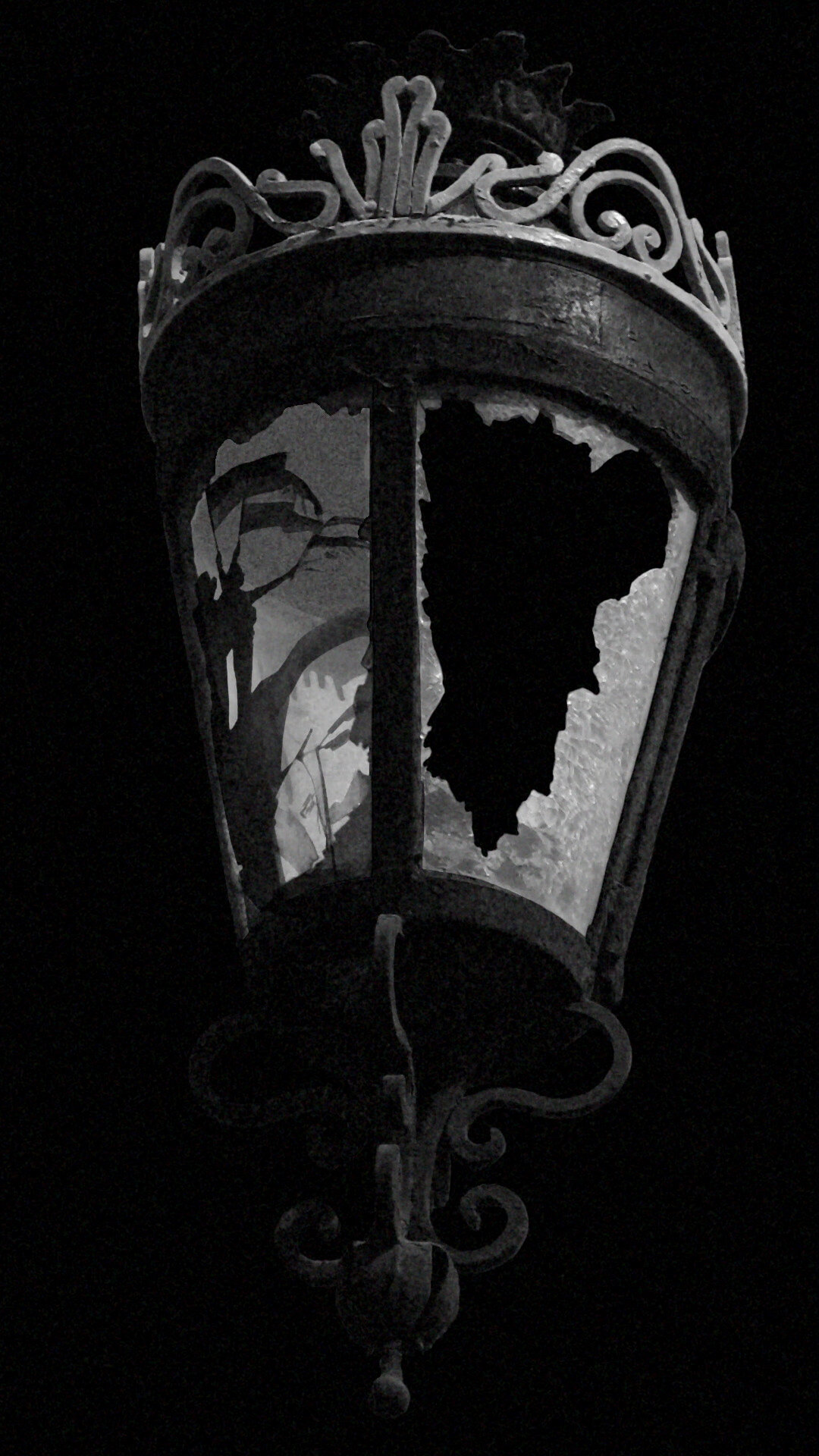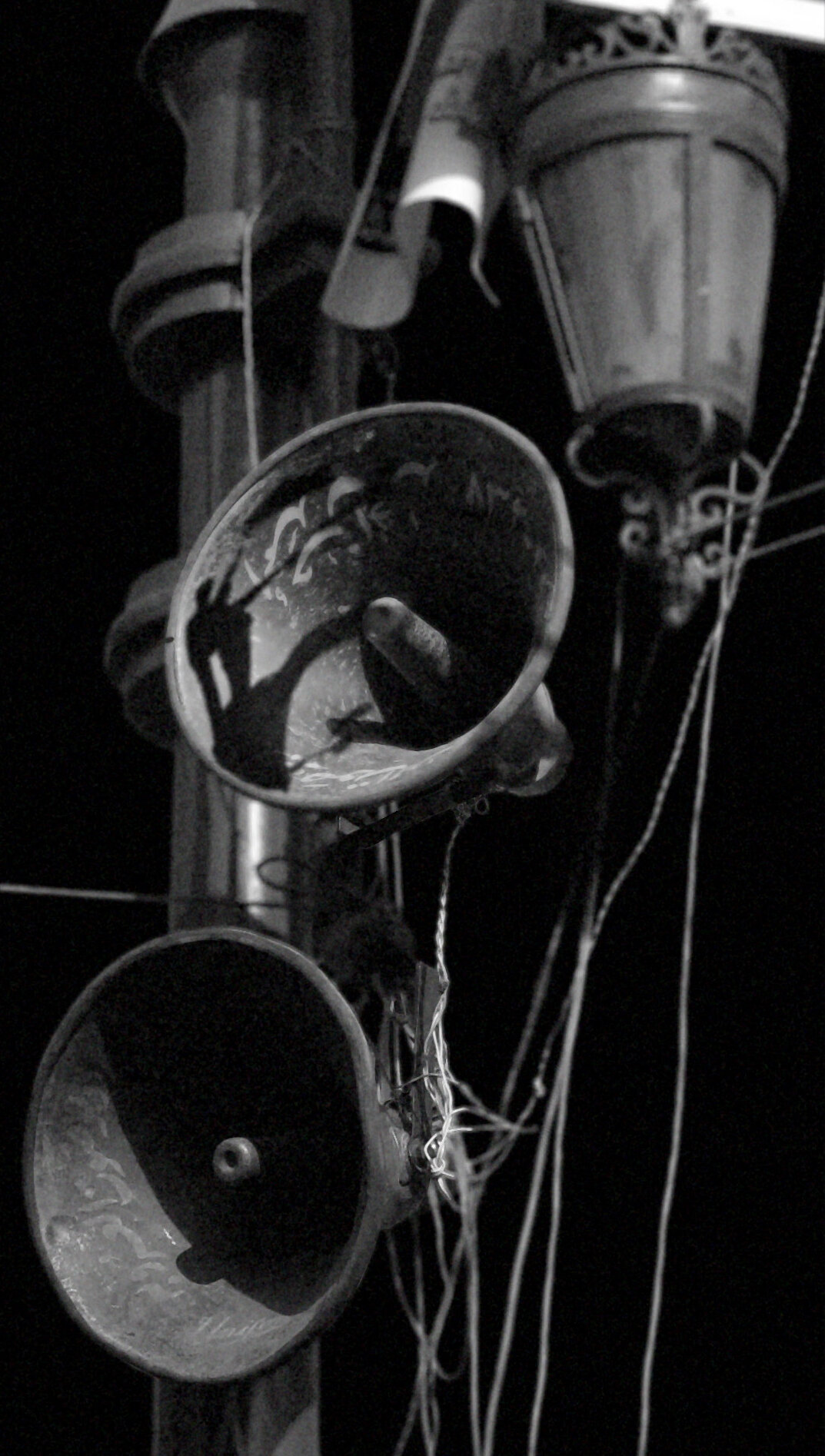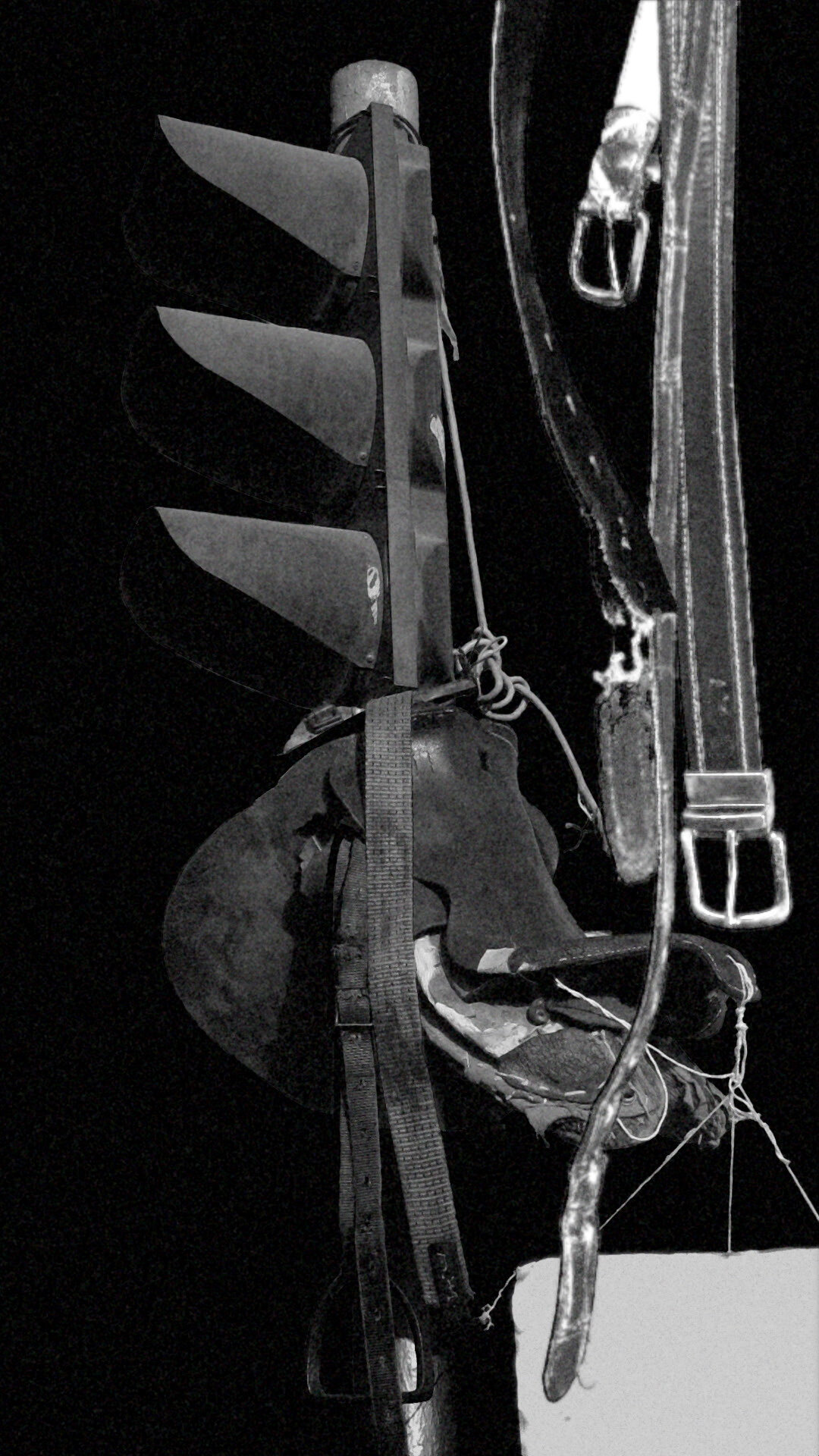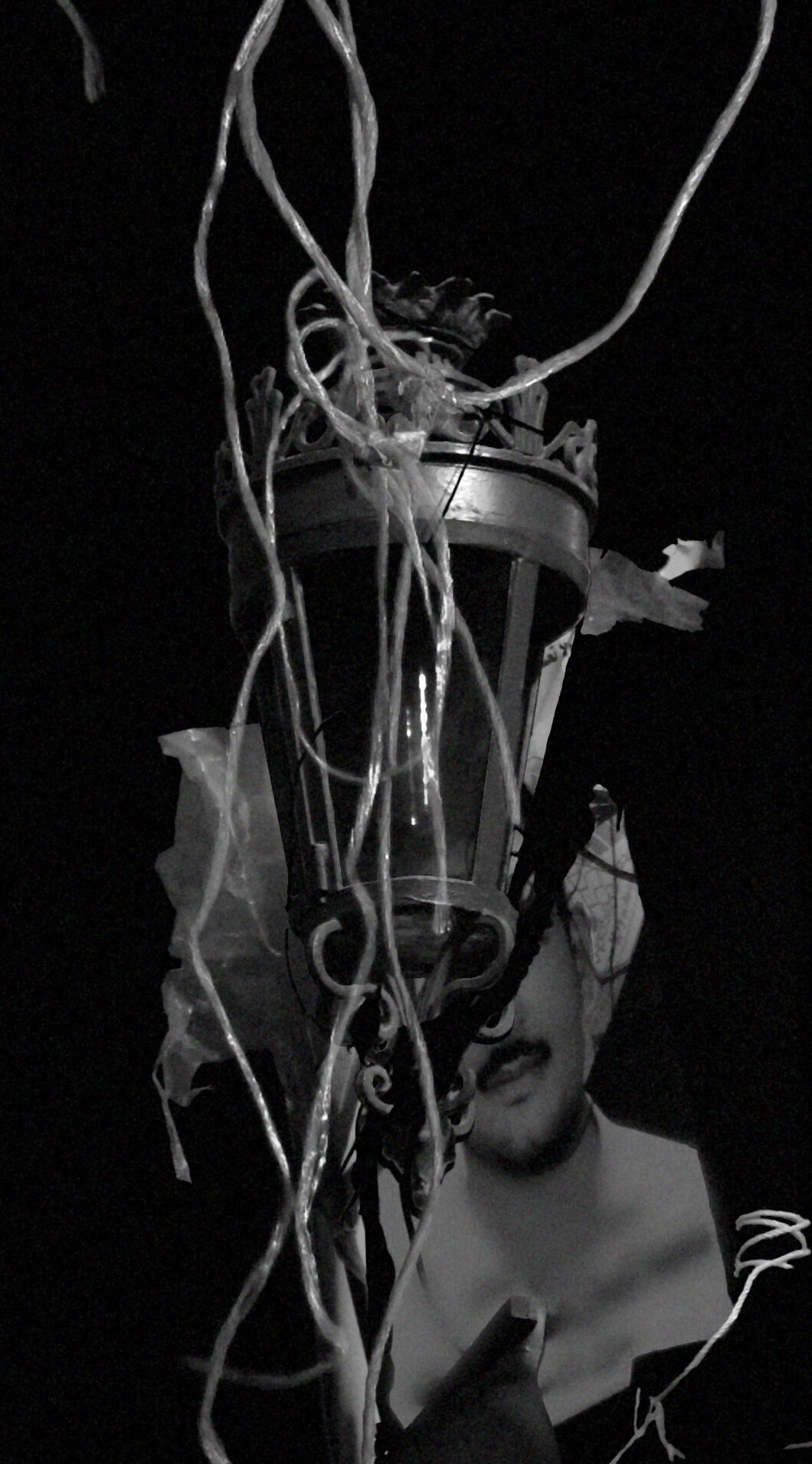THE CROSSING 2021
HD Video, 11:47
Dedicated to all those no longer at liberty to struggle
THE CROSSING stares at the instability of freedom, the fragility of democracy, the precarity of revolutionary spirit and the vulnerability of memory.
THE CROSSING is transfixed by what cannot be held. It stares as shadow and substance flutter, as democracy and revolution waver, as freedom fades and blackened lamps inhale spirits for a spell.
Night and morning seep. The confines of memory do not hold.
THE CROSSING is witness to what cannot be borne. It gazes at sentinels on street lights, as power arcs and dies, to where saddles straddle traffic lights and wired speakers hang. Twisted strings numb the air with the decay of a minor chord. Fumes of desperation still ignite.
______________________________________________________________________________________________
The old Egyptian saying of "walk next to the wall" —was becoming irrelevant; minding your own business in Egypt in 2011 still wouldn’t protect you from economic insecurity, institutionalized corruption, nepotistic hiring practices, or a predatory police state.
Ashraf Khalil, One Fine Day in Liberation Square, Foreign Policy, June 18, 2012, 8:02pm
Following the successful 2010 uprising in Tunisia, leaderless groups of demonstrators converged in Cairo’s Tahrir Square on January 25, 2011 to topple the Hosni Mubarak regime. The State cut internet and mobile phone services before the police resorted to more customary means of crowd control: baton charges, water cannons, and tear gas. Demanding economic and social rights, those refusing to relinquish the square were joined at night by people bringing blankets and food and hanging improvised microphones and speaker systems.
Army troops erected makeshift concrete barriers to isolate the square. Two dozen officials, members of Parliament and financiers who ordered men on camels and horses to ‘kill protesters if they had to’ were all acquitted of their deaths. A leaked Interior Ministry report later revealed that police killed at least 847 of those struggling against dire injustice, poverty and oppression.
The murders continued for eighteen days that spring in Tahrir before the resignation of a despot.
Dissent continued uncrushed. A saddle from the ‘battle of the camels’ was strung over a traffic light with a sign dedicated to the Revolution’s Martyrs. An ebullient period of civic pride and hope took hold. People spontaneously painted curbsides and murals, directed traffic and cleaned public spaces. They waved flags atop street lights, gave speeches, conversed with strangers, ate, drank, sang and celebrated together, updating their restored social media.
The photographs in THE CROSSING were taken in that euphoric moment in time.
Since then, Mohammed Morsi, the first democratically elected president in Egypt, was overthrown in a 2013 military coup orchestrated by General Abdel Fattah el-Sisi who declared himself president. Massacres at the sit-in protests in Cairo’s Rabaa and Nahda Squares killed at least 904 people a month later. Amnesty International and Human Rights Watch have detailed the increase in political censorship, police brutality, arbitrary detention, torture, and restriction on freedom of speech, association and assembly. Despite a renewable state of emergency in effect since 2017, protests resumed in Tahrir Square in 2019—against austerity measures and cuts to fuel and electricity subsidies. This led to more mass detentions, arrests and convictions. In Egypt today, human rights defenders are designated as “Terrorists” and over 60,000 are held as political prisoners. Unemployment has risen and one third of the nation is living in poverty.
In the name of beautification, the State developed and renovated Tahrir Square as a new tourist hot spot, installing new lighting and surveillance systems. Activists decry its transformation as an erasure of the square’s populist history.
THE CROSSING’s source images from Tahrir Square are all static. Perceptions shift with sound, light and focus. Subtle instabilities offer a faint but persistent promise.



